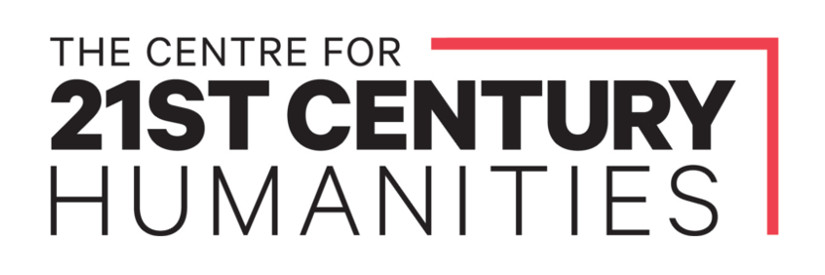| Site Name | Calder Range This massacre is part of a group of massacres |
| Aboriginal or Torres Strait Islander Place Name | |
| Language Group, Nation or People | Mangarrayi |
| Present State/Territory | NT |
| Colony/State/Territory at the time | SA |
| Police District | No police district at that time. |
| Latitude | -14.656 |
| Longitude | 134.571 |
| Date | 29 Aug 1875 |
| Attack Time | Day |
| Victims | Aboriginal or Torres Strait Islander People |
| Victim Descriptions | |
| Victims Killed | 40 |
| Victims Killed Notes | |
| Attackers | Colonists |
| Attacker Descriptions | Government Official(s) |
| Attackers Killed | 0 |
| Attackers Killed Notes | |
| Transport | Foot |
| Motive | Reprisal |
| Weapons Used | Pistol(s), Rifle(s) |
| Narrative | See also Mt McMinn, Crescent Lagoon, Harris Lagoon and Mole Hill massacres. A range of sources (see below) provide details of this massacre. Following the killing of Charles Johnston at Roper Bar in the NT by Mangarrayi on 29 June 1875, two reprisal parties comprising 20 men assembled at Roper Bar on 2 August and, between 5 August and 4 September, conducted a series of massacres at Aboriginal camps in the region. On 29 August 1875, a party on foot attacked an Aboriginal camp on the north side of the Roper River under Calder Range. It is estimated that 40 people were shot. Roberts (2005, pp 115-124) takes up the story: "As a consequence, Aboriginals along the length of the river were slaughtered by a massive party of police and civilians for four weeks solid in August 1875. Although the orders came from Inspector Paul Foelsche, the government's attack dog in Darwin, an operation of such size and cost, with a blaze of publicity, would have required approval from the government of Premier Sir James Penn Boucaut. Foelsche issued these cryptic, but sinister, instructions: "I cannot give you orders to shoot all natives you come across, but circumstances may occur for which I cannot provide definite instructions". Roper River blacks had to be "punished". Foelsche wanted to go with them, but it was a large party, he said, with "too many tale-tellers". He boasted in a letter to a friend, John Lewis, that he had sent his second-in-command, Corporal George Montagu down to the Roper to "have a picnic with the natives". Even the normally enthusiastic Northern Territory Times was sickened by "the indiscriminate 'hunting' of the natives there", adding "there ought to be a show of reason in the measure of vengeance dealt out to them". Seven days earlier, the paper's response to the death of a prospector in Arnhem Land had not been so mild: "Shoot those you cannot get at and hang those that you do catch on the nearest tree as an example to the rest" (2009, np). Wilson (2000, pp 221-222) noted that 'This was Foelsche being duplicitous. Unwilling to commit his real instructions to writing he was suggesting to Montagu that he kill any Aboriginal people he found'. |
| Sources | NTTG September 18, 1875, http://nla.gov.au/nla.news-article3144448 p 2; NTTGDecember 4, 1875, p 2 http://nla.gov.au/nla.news-article3144612; NTTG December 25, 1875, p 2 http://nla.gov.au/nla.news-article3144666; Wilson, 2000, pp 221-222; Roberts, 2005, pp 115-124; Roper River Police Station Heritage Assessment Report 2015, pp 9-11; Toohey, Roper Bar Land Claim Report 1982, p 3; Austin, 1992, p 15-16. (Sources PDF) |
| Corroboration Rating | *** |

